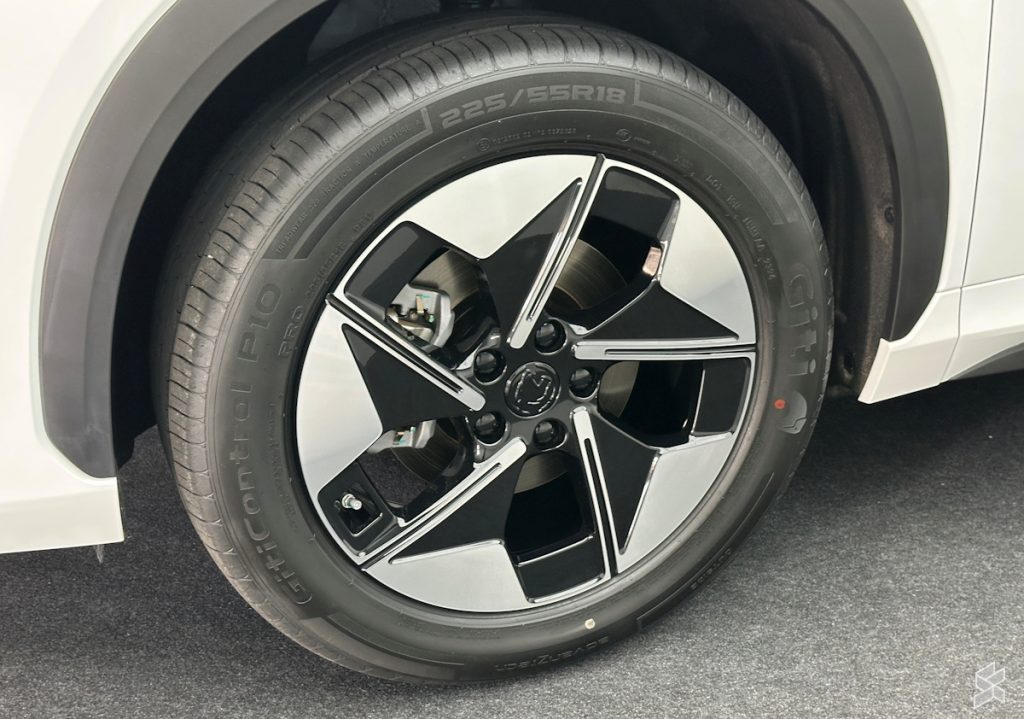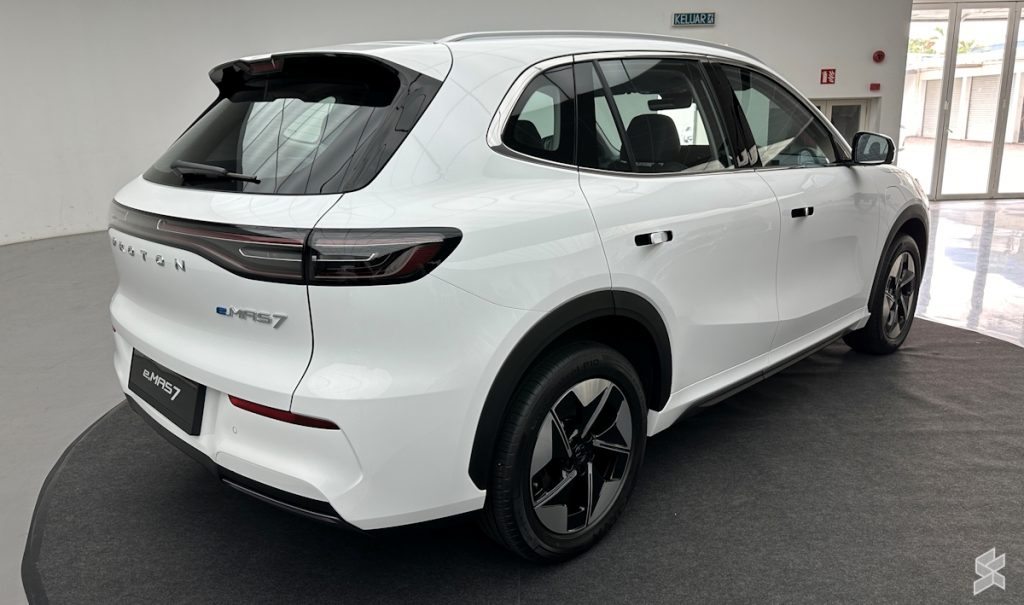In this article, we’ll be comparing the very best smartphones from Google and Vivo. It’s a comparison between the Google Pixel 8 Pro vs Vivo X100 Ultra. Google’s handset arrived last year, while the Vivo X100 Ultra followed in May this year. They may both be flagship offerings from their companies, but they’re very different. That is not surprising at all, actually.
Before we start, do note that the Vivo X100 Ultra was launched in China only. A global variant is not available, but you can import it and install the Google Play Store on it. In any case, we’ll first list their specifications, and will then move to compare them across a number of other categories. We’ll compare their designs, displays, performance, battery life, camera performance, and audio output. Let’s get to it, shall we?
Specs
Google Pixel 8 Pro vs Vivo X100 Ultra, respectively
– Screen size:
6.7-inch Super Actua AMOLED display (flat, 120Hz LTPO, HDR10+, 2,400 nits)
6.78-inch LTPO AMOLED display (curved, adaptive 120Hz, HDR, 3,000 nits max brightness)
– Display resolution:
2992 x 1344
3200 x 1440
– SoC:
Google Tensor G3
Qualcomm Snapdragon 8 Gen 3
– RAM:
12GB (LPDDR5)
12GB/16GB (LPDDR5X)
– Storage:
128GB/256GB/512GB/1TB (UFS 3.1)
256GB/512GB/1TB (UFS 4.0)
– Rear cameras:
50MP (f/1.68 aperture, 82-degree FoV, 1.2um pixel size, OIS), 48MP (ultrawide, f/1.95 aperture, 125.5-degree FoV, 0.8um pixel size), 48MP (telephoto, f/2.8 aperture, 0.7um pixel size, 5x optical zoom)
50MP (wide, f/1.8 aperture, 23mm lens, 1-inch type sensor, 1.6um pixel size, PDAF, gimbal OIS), 50MP (ultrawide, f/2.2 aperture, 116-degree FoV, 14mm lens, 0.8um pixel size, 1/2-inch sensor), 200MP (periscope telephoto, macro, f/2.7 aperture, OIS, PDAF, 3.7x optical zoom, 1/1.4-inch sensor, 0.56um pixel size)
– Front cameras:
10.5MP (f/2.2 aperture, 1.22um pixel size)
50MP (wide, f/2.5 aperture, 0.64um pixel size, 1/2.76-inch sensor)
– Battery:
5,050mAh
5,500mAh
– Charging:
30W wired, 23W wireless, reverse wireless (charger not included)
80W wired, 30W wireless, 5W reverse wired (charger included)
– Dimensions:
162.6 x 76.5 x 8.8mm
164.1 x 75.6 x 9.2 mm
– Weight:
213 grams
229 grams
– Connectivity:
5G, LTE, NFC, Wi-Fi, USB Type-C, Bluetooth 5.3/5.4
– Security:
In-display fingerprint scanner (optical) & facial scanning
In-display fingerprint scanner (ultrasonic) & facial scanning
– OS:
Android 14
Android 14 with OriginOS 4
– Price:
$999+
CNY6,499+ ($898)
– Buy:
Google Pixel 8 Pro (Best Buy)
Vivo X100 Ultra (China only)
Google Pixel 8 Pro vs Vivo X100 Ultra: Design
The two phones may not look that different from the front, even though they are. They both have a centered display camera hole and very thin bezels around their displays. The two phones also have a similar curvature on the corners. The thing is, the Pixel 8 Pro has a flat display, while the Vivo X100 Ultra has a curved one. Both phones include physical buttons on the right-hand side.
If we flip them over, you’ll see completely different camera islands on the back. The Pixel 8 Pro has a camera visor that is covered by metal. It stretches from the frame on the left side of the phone to the frame on the right side of the device. The Vivo X100 Ultra has a large camera oreo on the back. It is centered in the top portion of the phone. Both sets of camera islands protrude on the back quite a bit. The backplates on both phones are curved towards the sides.
Both of these devices are actually made out of metal and glass. They have an aluminum frame. The Vivo X100 Ultra is slightly taller, and slightly narrower while being a little bit thicker too. Vivo’s handset is heavier of the two, as it weighs 229 grams compared to 213 grams of the Pixel 8 Pro. Do note that both of these phones are IP68 certified for water and dust resistance. They are both also quite slippery. You’ll likely want to use a case regardless of which phone you end up getting.
Google Pixel 8 Pro vs Vivo X100 Ultra: Display
The Google Pixel 8 Pro includes a 6.7-inch 2992 x 1344 LTPO OLED display. That panel is flat, and it has an adaptive refresh rate of up to 120Hz. HDR10+ content is also supported, and the peak brightness of this panel is at 2,400 nits. The display aspect ratio is 20:9, while the screen-to-body ratio is around 87%. The Gorilla Glass Victus 2 is placed on the display to protect it.
![]()
On the flip side, the Vivo X100 Ultra comes with a 6.78-inch QHD+ (3200 x 1440) LTPO AMOLED display. This panel is curved, and it also has an adaptive refresh rate of up to 120Hz. Dolby Vision is supported here, and so is HDR content. The peak brightness of this display is set at 3,000 nits. The display aspect ratio is 20:9, while the screen-to-body ratio is around 89%. The display protection is unknown, though.
Regardless of which panel you end up using, you’ll get a great one. They’re both vivid and have great viewing angles. They also offer deep blacks and are very sharp. The blacks are deep on both of these displays. The touch response is also great, while both offer a high refresh rate. On top of all that, both displays do get more than bright enough when necessary, though the Vivo X100 Ultra is a bit better in that regard.
Google Pixel 8 Pro vs Vivo X100 Ultra: Performance
Google’s flagship comes with the Tensor G3 processor. That is Google’s very own chip, it’s a 4nm processor. The phone also includes 12GB of LPDDR5X RAM and UFS 3.1 flash storage. The Vivo X100 Ultra, on the other hand, is fueled by the Snapdragon 8 Gen 3 processor. Qualcomm’s most powerful chip, a 4nm processor. The device comes with up to 16GB of LPDDR5X RAM and UFS 4.0 flash storage.
The Vivo X100 Ultra does have a more powerful chip. They are both 4nm processors, but the Snapdragon 8 Gen 3 is more powerful. You will not notice that unless you’re gaming. The Vivo X100 Ultra does pull ahead in truly graphically-intensive games, even though the Pixel 8 Pro can play them. When it comes to regular games that are not that demanding, both phones do a great job. The heat is not an issue on either phone, even though the Pixel 8 Pro will pick it up sooner when it comes to gaming.
In regards to regular, everyday performance, they both do a great job. They are capable of providing smooth performance. Both phones open apps really fast, and they’re also great in terms of multitasking. The same goes for consuming multimedia, browsing the web, image processing, taking pictures, and so on. Basically everything works equally well from day-to-day, you probably won’t have any issues. Just note that the Vivo X100 Ultra does pull ahead in the gaming department.
Google Pixel 8 Pro vs Vivo X100 Ultra: Battery
The Google Pixel 8 Pro includes a 5,050mAh battery on the inside. The Vivo X100 Ultra comes with a 5,500mAh battery pack. Both phones are capable of providing good battery life, but the Vivo X100 Ultra does trump the Pixel 8 Pro. Getting over 7 hours of screen-on-time with the Vivo X100 Ultra is not a problem, even over 8 hours of screen-on-time if you’re careful. The Pixel 8 Pro can’t really go that high, at least it wasn’t able to do it for us.
The Pixel 8 Pro usually flies between 6 and 7 hours of screen-on-time, presuming that gaming is not included in the mix. You may have a different experience with both of these phones, of course. Battery life is very subjective, and there are a number of possibilities. It all depends on your usage, the apps you use, your signal strengths, and so on. There are so many variables to consider.
In terms of charging, the Vivo X100 Ultra is the clear winner. It supports 80W wired, 30W wireless, and 5W reverse wired charging. The Pixel 8 Pro supports 30W wired, 23W wireless, and 5W reverse wireless charging. The thing is, the Vivo X100 Ultra does come with a charger, while the Pixel 8 Pro does not. You’ll need to get one separately if you buy the phone, presuming you don’t already own one.
Google Pixel 8 Pro vs Vivo X100 Ultra: Cameras
Both of these phones have three cameras on the back. The Google Pixel 8 Pro includes a 50-megapixel main unit, a 48-megapixel ultrawide camera (126-degree FoV), and a 48-megapixel periscope telephoto camera (5x optical zoom). The Vivo X100 Ultra, on the flip side, has a 50-megapixel main camera (gimbal OIS), a 50-megapixel ultrawide unit (116-degree FoV), and a 200-megapixel periscope telephoto camera (3.7x optical zoom, macro). ZEISS is a part of the Vivo X100 Ultra camera setup and experience, by the way.
![]()
![]()
Now, both of these phones do a great job when it comes to taking photos. They do a different job, though. The Pixel 8 Pro shots are more contrasty and do often seem more processed. The Vivo X100 Ultra leans a bit more toward warmer colors. Both phones provide very detailed and sharp photos and are very consistent too. Their secondary cameras do a good job of following the color profile of the main shooters. The portrait, telephoto, and macro performance of the Vivo X100 Ultra are better than what the Pixel 8 Pro offers, though.
In low light, both phones do a great job. The Pixel 8 Pro has a tendency to brighten up scenes a bit more than the Vivo X100 Ultra does. Both do a great job of optimizing images, though the Vivo X100 Ultra handles light flares noticeably better than the Pixel 8 Pro. Chances are you’ll be happy with either phone’s camera setup, but there are some differences for you to consider.
Audio
You will find a set of stereo speakers on both phones. Those speakers are actually very similar in terms of loudness, and both sets are well-balanced. They’re not the loudest speakers around, but they’ll do the trick.
What is not located on either phone is an audio jack. You will need to use their Type-C ports if you’d like to connect your wired headphones. For wireless connectivity, the Pixel 8 Pro offers Bluetooth 5.3, while the Vivo X100 Ultra supports Bluetooth 5.4.




